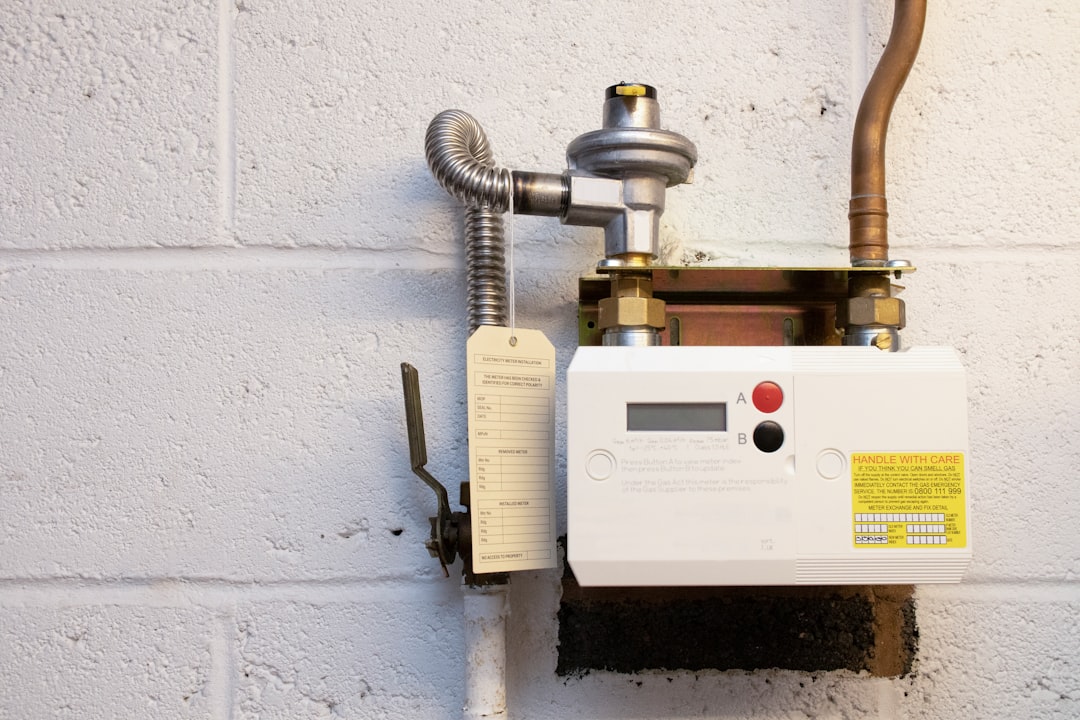
Determining the cost to install a gas hot water heater involves considering numerous factors that affect the total expense, making precise estimation crucial for construction professionals. The typical range is $1,400–$4,700 depending on unit choice and installation complexity. Professional installation rates in 2025 are crucial for accurate budgeting.
Expect to spend $600–$2,300 on the water heater itself. Tankless models can reach up to $2,300. Accurate, up-to-date pricing is essential.
For Baton Rouge, professional plumber rates are $75–$120/hour. Installation duration varies from 4 to over 10 hours based on project complexity. Incorporate local crew labor rates for accuracy.
Disposal and regulatory compliance costs, such as recycling and permits, typically range from $30–$80. Consider these soft costs to prevent budget overruns.
Standard Tank Replacement: $1,400–$2,200 installed
High-Efficiency Model: $1,900–$2,800 installed
Whole-Home Tankless Retrofit: $3,000–$4,700 installed
Analyze local crew labor rates to create competitive estimates.
Align labor with other construction tasks to optimize scheduling.
Proactively address hidden costs through thorough project assessment and AI-based modeling tools.
Our AI provides real-time estimates by analyzing files and communicating with team members, minimizing delays and unexpected expenses. Visit CountBricks.com for innovative construction solutions.

Finding the right type of water heater depends on a balance between initial investment and long-term savings.
Initial costs for tankless heaters average $3,400, while tanks hover around $1,600. Consider long-term value and reliability.
On average, tankless heaters use less fuel—165 therms/year compared to 225 therms for tanks. This results in annual savings of about $70.
Include maintenance in labor cost calculations.
Optimize labor and reduce waiting times using AI-powered planning tools. Visit CountBricks.com for more insights.